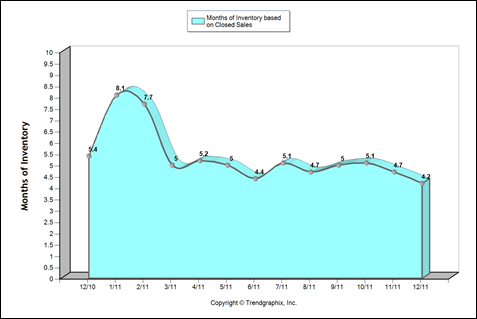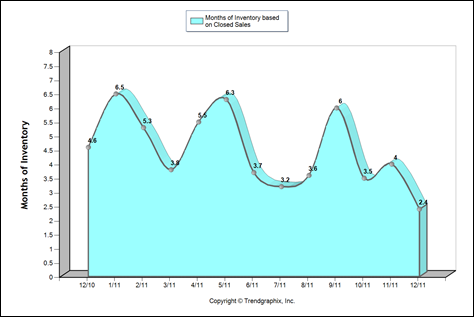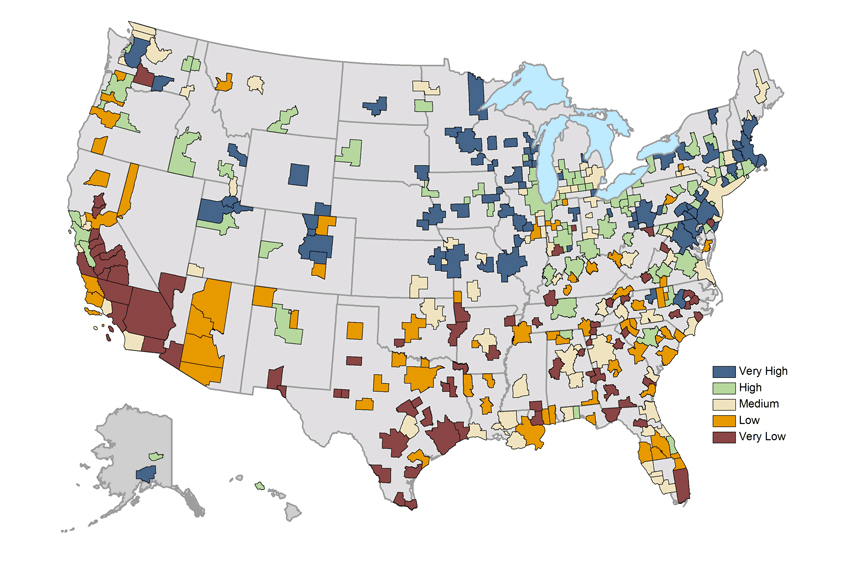 Buyer’s Market! That is what the majority of consumers believe we are in… a buyer’s market! Though that may be true in most areas, the statement must have context. Let’s take a look.
Buyer’s Market! That is what the majority of consumers believe we are in… a buyer’s market! Though that may be true in most areas, the statement must have context. Let’s take a look.
The amount of homes available on the market in King County is running at 4.2 months (based on closed sales). In other words, if no other home came on the market, and buyers purchased homes at the present rate, there would be no homes left after four months.
Traditionally, markets have been labeled as Seller’s (3 months of inventory or less), Buyer’s (6 months of inventory or more), and finally, balanced markets (4-6 months).
Below is the inventory in King County based on closed sales.
What doesn’t get identified is the quality of the inventory. Parts of King County, particularly areas of the Eastside are very short on inventory. What is presently on the market is sometimes less than pristine. To exacerbate the low inventory problem, distressed properties are making up more and more of the inventory pie.
Below is the inventory in the 98008 zip code based on closed sales.
The West Lake Sammamish area (98008) in Bellevue has 2.4 months of inventory. In most consumer’s minds, this would qualify as a “seller’s market”. Only 34 of the 71 homes available are not short sales or bank owned. That is 50% of the market!
Are we really in a “balanced market”? When buyers, who are eager to pull the trigger on a home, are stymied due to the lack of supply, can we still call that a balanced market?
What consumers need, are well priced, great conditioned homes that can be sold with traditional buyers and sellers (not requiring bank approval or other considerations).
If you know of someone considering making a move, I would love the opportunity to sit down and talk to them.




